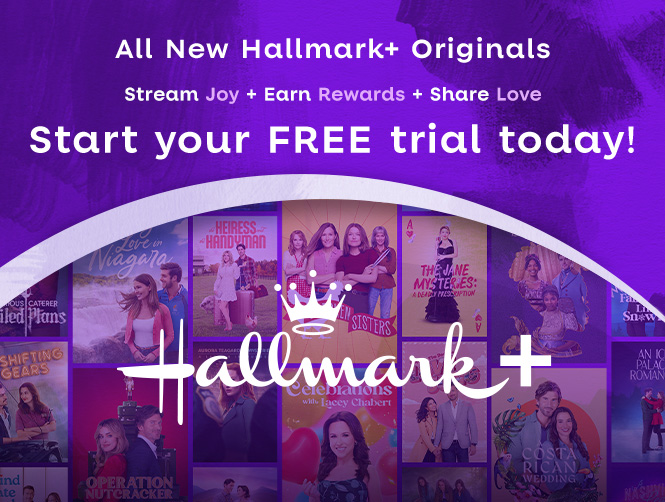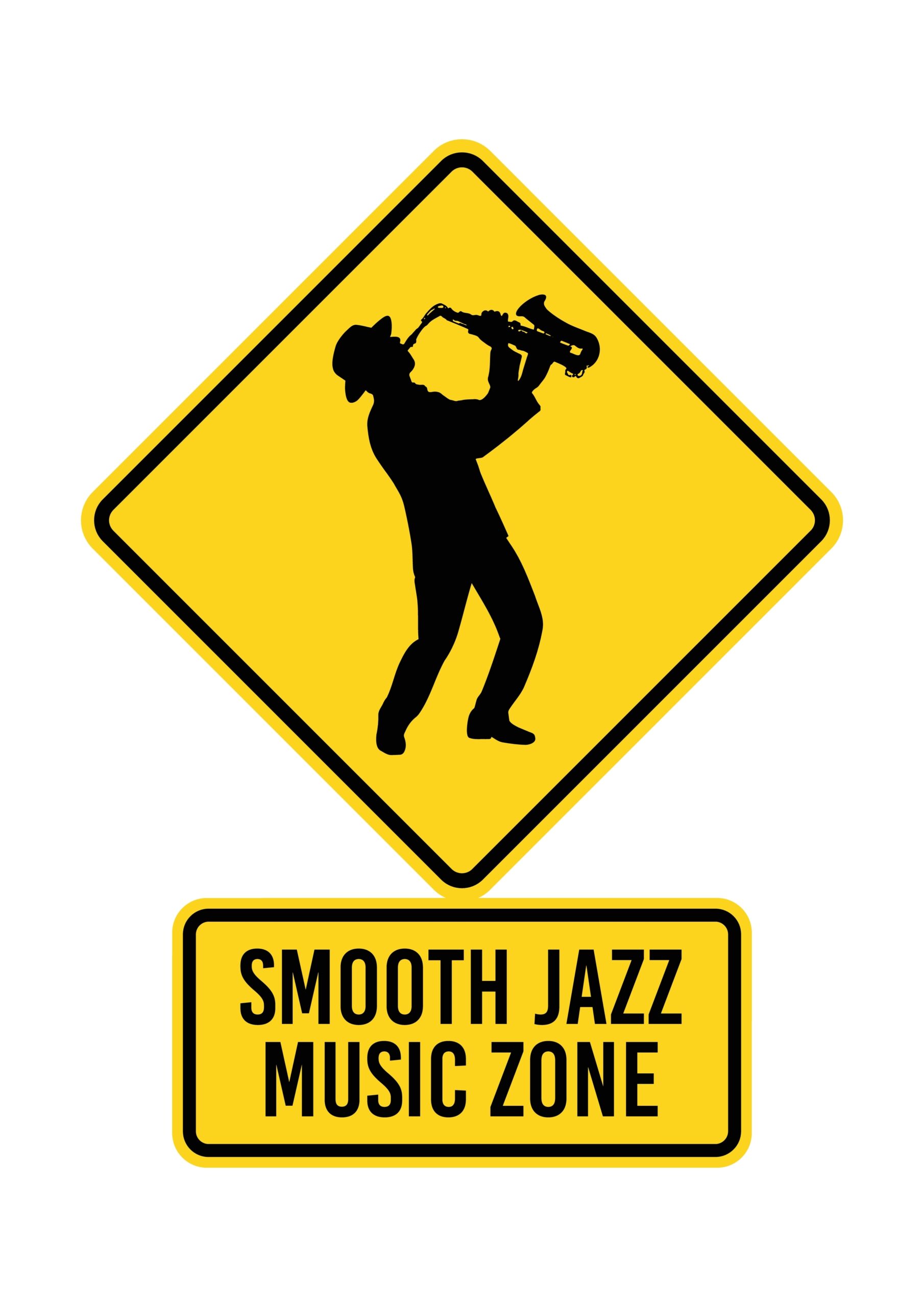
As more and more media brands vie for attention, subscriber dollars, and eyes and ears, conventional wisdom suggests consolidation will end up swallowing many of today’s competitors. The massive video streaming industry is a case in point. Most media experts believe once the smoke clears, only a few will be left standing.
The smart money is on Netflix, Disney+, Hulu, and Paramount. But it may be hasty to count out players like Apple, Amazon, Max, and Peacock because all have deep pockets, vast resources, and smart leadership.
Then there are the the niche players like BritBox and Hallmark+ that appeal to fractions of the millions of subscribers who enjoy Netflix and the other behemoths in the video streaming space. What chance do they have up against the “big boys?”
Apparently, many are thriving. That’s according to the New York Times and journalist John Koblin. In “The Streaming Wars Didn’t Kill the Little Guys. In Fact, They’re Thriving,” he tracks the impressive, loyal following a number of specialty platforms are enjoying.
Koblin quotes Jonathan Carson who heads up Antenna, a research firm specializing in the subscription model, says many niche players are thriving:
“It’s an explosion.”
Consider these numbers. In mid-2022, more than 24 million consumers subscribed to small streaming brands. By the middle of 2024, it more than doubled to north of 51 million. That’s a lot of revenue going to these specialty shops.
Some of the winners include the aforementioned BritBox, Acorn TV, Shudder (yup, a horror channel, and specialty genre anime (including two streamers, Crunchyroll and Hidive).
You’d think it might be a little late in the game to debut one of these narrower-focused streaming competitors. But Hallmark launched its eponymous “plus” channel this fall.

How can they possibly be successful in this crowded streaming environment? Let me count the ways.
First, Hallmark is a well-known, popular brand. Second, its content revolves around people and dialogue – inexpensive to produce. Third, they have the archives necessary to stock a streaming channel. Fourth, people are loyal to and emotional about this genre.
And finally – and perhaps even most importantly – Hallmark doesn’t have to achieve Netflix or Hulu level subscription numbers. As its COO, John Matts, explained about the business model of a niche player:
“I don’t need 70 million subs to make this thing work. I can do it in the single-digit millions of subs. This can be a really attractive business for us smaller guys, because we don’t need to spend tens of billions of dollars to program.”
To illustrate just how “nichey” these smaller players can be, a service like BritBox claims fewer than four million subs compared to a big dog like Disney+, topping 153 million paying customers.
 Segueing to radio, niche formats have been pruned over the past several decades, especially in commercial radio. Many have simply become extinct. Once popular formats such as smooth jazz, classical, and oldies disappeared years ago, abandoning their loyal listeners, often sending fans to YouTube, Spotify, SiriusXM, and personal music collections. Meantime, Triple A has all but disappeared as well.
Segueing to radio, niche formats have been pruned over the past several decades, especially in commercial radio. Many have simply become extinct. Once popular formats such as smooth jazz, classical, and oldies disappeared years ago, abandoning their loyal listeners, often sending fans to YouTube, Spotify, SiriusXM, and personal music collections. Meantime, Triple A has all but disappeared as well.
Granted specialty video streamers make their living on subs, not spots. But if more niche formats were revived in broadcast radio, wouldn’t their costs be amortized by the other stations in the building or with corporate resources?
At a time when radio continues to dilute its offerings with pairs – or sometimes trios – of country, AC. and “classic” formats in the same local metro – becoming a one-of-a-kind format especially in a major market would have its advantages.
And now, thanks to social media and existing, vibrant communities of niche music fans, it wouldn’t take long to get the word out among core target listeners.
Plus, when you super-serve more defined audience tastes, you often glean emotion and adoration from your audience. Contrast this with how people feel about Netflix or Hulu. You might love their vastness and their variety of offerings, but you sure don’t get excited about a “streaming whale.” They may be big, but there’s lots of stuff you scroll past and ignore. They end up being streaming utilities, rather than content collections you cherish.
But when you discover a niche video streamer – or a gem of a radio station – that’s when the passion flows. Consumers get excited about these outlets because they believe the product is aligned with their tastes. Like the “true crime” genre in podcasting, these are excitable audiences who are like-minded.
believe the product is aligned with their tastes. Like the “true crime” genre in podcasting, these are excitable audiences who are like-minded.
Why is it that broadcast radio limits itself to a handful of “tried & true” formats, almost all of which are long in the tooth, due to a lack of a variety and limited playlists? Why are there just two spoken word formats in commercial radio – conservative talk and sports? And why does risk aversion almost always win out when it comes time to choose a new format?
As the Times story points out, there are bumps in the road for these smaller video streaming upstarts, especially the ease with which consumers can cancel a subscription. It’s never easy competing against a “death star” like Netflix…or iHeart. But if you believe in your area of specialization and you invest in it, you can hack out a position that leads to profitability.
And unlike the biggest brands in the space, niche competitors never have to dominate the platform. They just need to find and satisfy a decent size audience who already loves their programming.
And fortunately, few consumers ever completely “cancel” a radio station, a free service that just might be able to learn a thing or two from the streaming world.
- A 2020 Lesson?It Could All Be Gone In A Flash - April 24, 2025
- How AI Can Give Radio Personalities More…PERSONALITY - April 23, 2025
- Can Radio Afford To Miss The Short Videos Boat? - April 22, 2025




I’m smiling. Years ago when our beloved “94 Seven The Wave” disappeared into the abyss, I went immediately to XM (it was only that then) and found everything I wanted in the Watercolors channel. As a radio person, I always hate to admit that my primary almost exclusive listening is SiriusXM and it all started with the demise of the smooth jazz in the LA metro.
I’m smiling, too. One, because of that “smooth jazz” traffic sign! And two because your comment reminded me of my own…let’s call it “embarrassment”…whenever I’m listening to something other than (whispering) “radio.” Always feels like I’m kind of cheating on my first love!
But who knows, maybe Fred’s column will resonate with a decision maker or two long enough to say, “Hey, why don’t we at least try…” such and such format “on one of our underperforming signals?” We might just have The best of both worlds again — smooth jazz (or fill in the blank with some other lost, treasured format) AND real radio again.
That should keep us all smiling.
Peggy, you’re in good company. Many broadcast radio peope listen to more SXM than they knnow they should. But that’s where all the nice programming lives. Good to hear from you.
One of things we tend to forget is how programming was done in the pre-consolididation age. There was no need for cluster strategy programming, You simply had an FM and/or an AM. You had one job: to make your station #1…..period!!!!! Nobody wanted a format that was going to be, heaven forbid, #2. Egos would not allow that. That’s why there were markets where there were four or more stations in similar formats. They generally ended up being Top 40 or adult contemporary. There were plenty of markets that lacked a country station because it was not “sophisticated” enough for the market or a rock station (then AOR) because it was listened to only by young men who wore black tee-shirts. At least in early the consolidation game, some markets were offered variety that they never had when there were mostly lone wolf owners.
You map out the preconsolidation days well, Rick. Back then, Detroit had FOUR AOR stations going up against each other. But at the same time, it had oldies, jazz, classical, and other formats that are long gone on the AM and FM airwaves. Which version of radio was better for audiences, advertisers, and communities? It’s debatable, complicated by a different society and media competiiton. But I suspect you could make a case for either version of the medium.